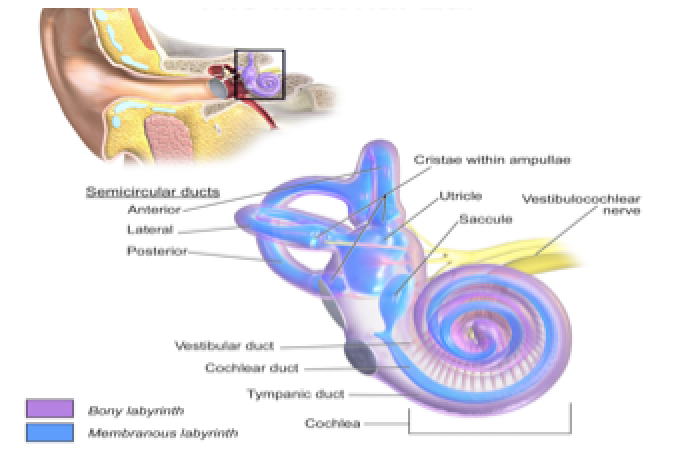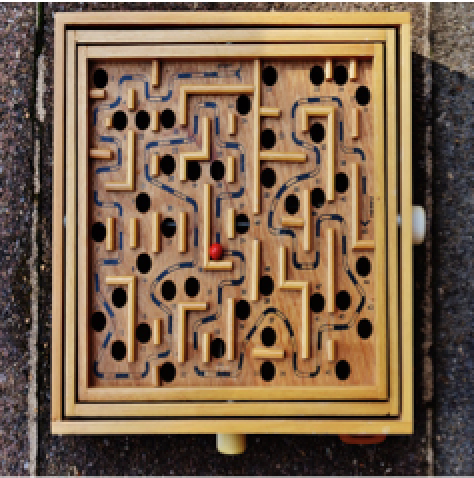So you’ve been told you have BPPV..
BPPV creates a feeling that is commonly described as dizziness, so the first thing to understand is that not all dizziness is the same. Dizziness means that you feel light-headed, woozy or disoriented. True vertigo feels like you or the room is spinning. Many things can cause dizziness or vertigo, so appropriate diagnosis is crucial. The good news is that once diagnosed properly, BPPV treatment by your physiotherapist can have an 80% success rate with just one treatment!
Now, what actually is BPPV?
BPPV stands for Benign Paroxismal Postional Vertigo.. and if you didn’t have vertigo before reading that, you might now. The feeling of ‘true vertigo’ is essential in your diagnosis. The sensation of spinning is a totally different feeling from typical dizziness that one might occasionally experience.. say when you stand up too fast. Most people with BPPV state that their symptoms come on with bending forward, looking up, rolling over in bed or lying down flat. Vertigo can occur from a number of causes, like an acute infection, but BPPV is the most common cause especially in those over 50.
Our bodies have an apparatus in our inner ear that tells our brains where we are at in space. When this vestibular apparatus is working properly, we just ‘know’ when we are lying down, if our head is turned to the side or if we are in the midst of doing the wave at the Saddledome. The apparatus is made up of three semi-circular shaped canals and two chambers located just beyond our eardrum.
This apparatus is full of thick fluid and tiny hairs. When our heads move, the fluid in this apparatus moves with it and bends these tiny hairs. When the hairs bend, nerves are fired and information is sent to the brain to say that our head has moved. There becomes a problem with this system when small crystals (yes, crystals) that are supposed to be in the chambers fall into the canals. canals. The crystals now impact the movement of the hairs and the brain is being told that our head is moving in a direction that it actually is not.
It is not always known why these crystals become displaced. Sometimes it can be from hitting your head, but most of the time cases of BPPV come on for no known reason.
So what does physiotherapy have to do with my dizziness.. err.. vertigo?
Treating BPPV is essentially moving something (the crystals) through the canals back to where they should be (the chambers). This is very simple if you have a thorough understanding of the anatomy of the inner ear and know which canal the crystals are in… remember those wooden labyrinth games? It’s kind of like getting that little ball through the maze to the end.
The treatment usually takes less than 10 minutes and consists of your physiotherapist moving you and your inner ear into particular positions that reposition those pesky crystals. Your physio will continually check in with you and talk you through it as the symptoms will temporarily be reproduced throughout the procedure.
BPPV has a recurrence rate of 18-37%, and is highest within a year of an episode. Sometimes, BPPV can resolve on its own (33-50% of the time) but this can take weeks or sometimes much longer. Getting treated by a trained vestibular physio is your best bet for keeping the effects of BPPV to a minimum.. and getting you back to important things like doing the wave at a playoff game.
Anne Fleming MScPT, BKin, FCAMPT



